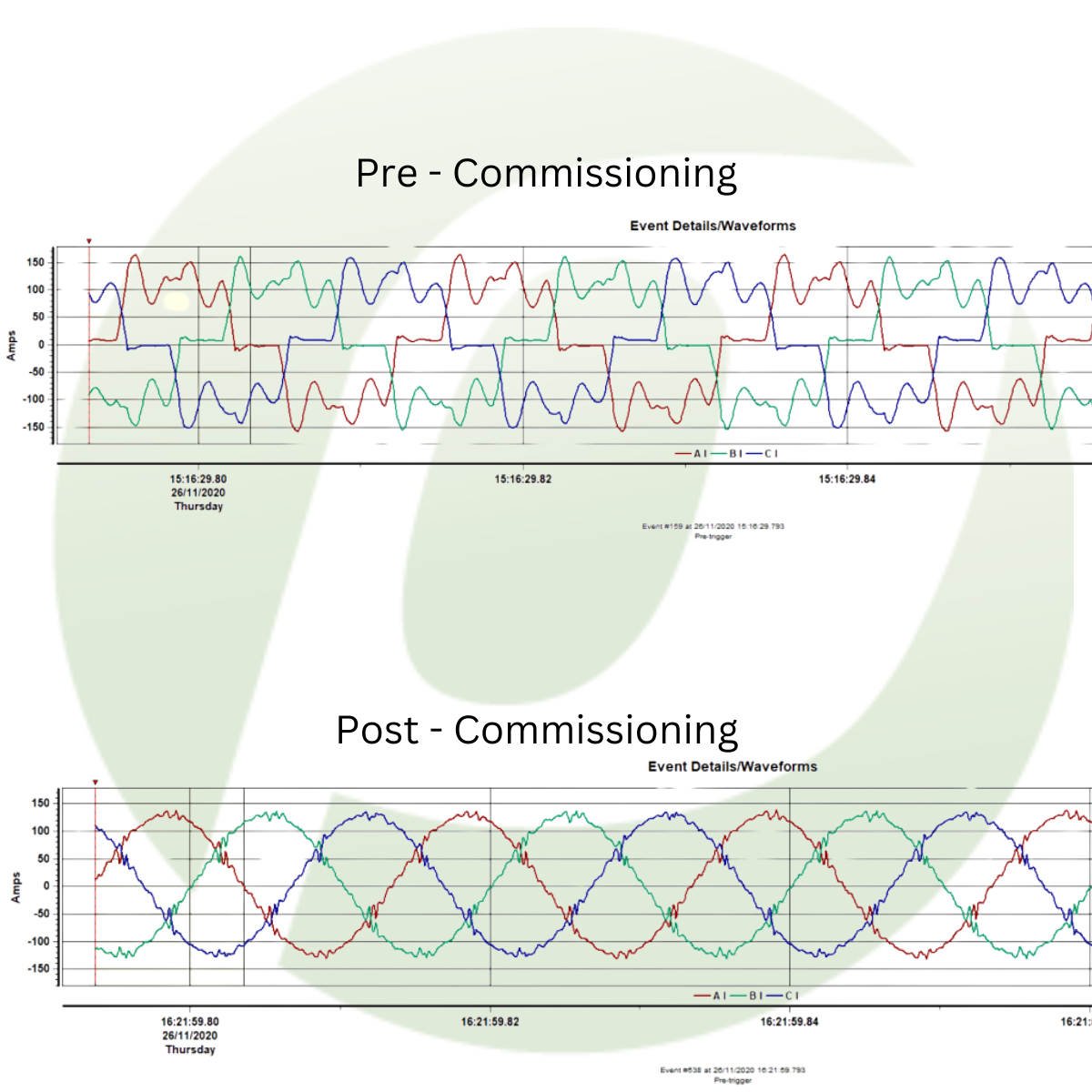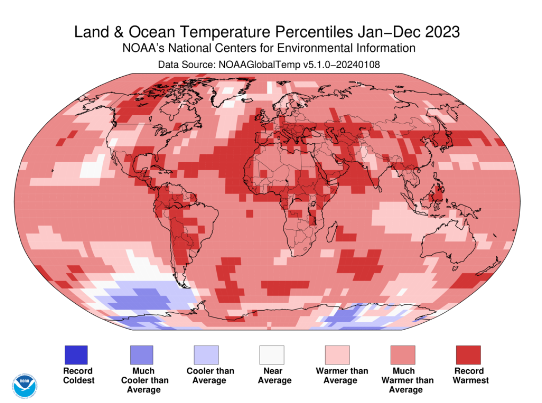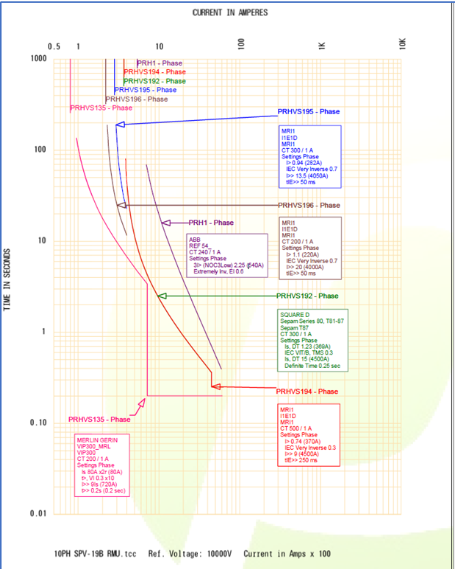Harmonic Distortion
Harmonic Distortion is described as the interference in an AC power signal created by frequency multiples of the sine wave. Total Harmonic Distortion is used as a measure of the amount of Harmonic distortion in the system. THD is defined as the ratio of the power in the supply due to all the harmonics and the power of the fundamental supply.
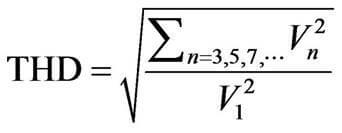
This article aims to highlight how the injection of harmonics, even in small quantities, can adversely affect machines, motors and power electronics. Often the injection of the harmonics affects the motor causing the harmonics in the first place. As such detection and reduction of harmonics are an important activity for the industry today.
Related Services
Causes of Harmonic Distortion
In modern electrical systems, power electronics are used to control the circuits. These power electronics, including almost all of the domestic gadgets like computers etc, require DC power supplies to operate. The utility supply is a 3-phase AC supply as shown here.
The waveform shown here is a perfect sine wave at a frequency of 50Hz. For simplicity the amplitude is normalised to 1.
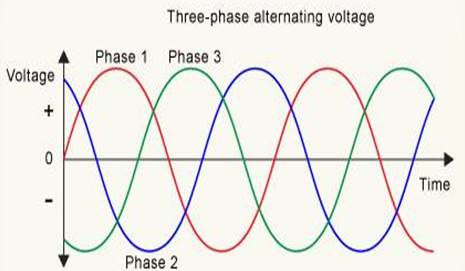
Upto the 1960s most of the electric loads were linear loads, in other words, the current flowing through the appliances was a perfect sine wave also. These appliances include induction motors, domestic lighting stoves and most other household appliances.
With the advent of modern electronics, appliances became non-linear in the way they drew current through the mains electricity supply. The variable frequency drives and UPS systems are a major source of harmonics being injected into the electrical system and without proper protection, these harmonics can affect other parts of the plant and even the grid. UPS systems convert the incoming AC to a DC signal to charge batteries in the event of a power outage – the DC component is a very high frequency signal and it interferes with he near perfect AC power supplies (most of the distortion in the modern power network is customer generated).
Effects of Harmonic Distortion
Harmonics are defined as waveforms at multiples of frequency of the fundamental input signal. For the 50Hz AC waveform (the fundamental or the 1st harmonic frequency) above, the harmonics will look like the image on the right.
The illustrations show sine waves at frequencies that are multiples of the fundamental sine wave. The effect of harmonics (high frequency sine waves) is explained by studying the relationship of the harmonics with the fundamental frequency sine wave.
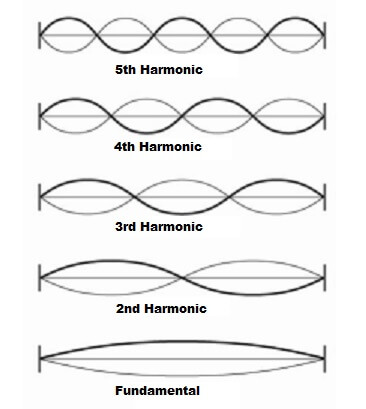
From the table below it is clear that harmonics affect the 3 phases in a similar manner. The 2nd, 5th, 8th etc Harmonics create a negative torque on motors running from the 3-phase supply. The motor will consume electrical energy to overcome the counter-torque created by the Negative Sequence Harmonics.
The 4th, 7th, 10th etc Harmonics create a positive torque on motors running of the 3-phase supply. These are called Positive Sequence Harmonics.
Triplen Harmonics (harmonics that are odd multiples of the 3rd harmonic i.e. the 9th, 15th,21st harmonics etc ) or the Zero Sequence Harmonics. In a typical 3-phase system, Triplen Harmonics cause a current to flow in the neutral wire – this means that the neutral wire has to be oversized.
The interaction between the positive and negative sequence harmonics in an electrical system produces torsional oscillations in the motor shaft. These oscillations can be potentially catastrophic if the frequency resonates with the natural mechanical frequency of the motor shaft itself. It is important that for large VFD motor installations, harmonic analysis be performed to determine the levels of harmonic distortions and assess their impact on the motor.
The presence of harmonics also raises the operating temperature of the motor. In a paper published[1] in the Industrial and Commercial Power Systems Technical Conference (1998 IEEE), the presence of the 3rd harmonic in a VFD installation operating at 10% efficiency can cause the temperature of the motor to rise by 6°C.
It is easy to see how the power quality of a system might be compromised by the presence of harmonics. Modern plant equipment and the associated controlling power electronics are more reliant than ever on good power quality for optimum operation. Deviations from ideal power quality are acceptable but even small amounts of interference can have a serious effect on the power system as a whole as a real life example shows below.
Premium Power, Our Commitment
At Premium Power, we are committed to bringing power quality issues and the problems associated with to the forefront. We believe that energy should be treated as a critical asset by the industry and as such any effort to optimise consumption and increase efficiency of the plant should be encouraged. This has the added benefit of reducing the end-products carbon footprint.
To speak to our engineers about your power quality issues contact us below.


